别名:KCNJ1; ROMK1; ATP-sensitive inward rectifier potassium channel 1; ATP-regulated potassium channel ROM-K; Inward rectifier K(+) channel Kir1.1; Potassium channel; inwardly rectifying subfamily J member 1应用:IHC,ICC
反应种属:Human,Mouse,Rat
规格:50μl/100μl
| Description |
|---|
| potassium voltage-gated channel subfamily J member 1(KCNJ1) Homo sapiens Potassium channels are present in most mammalian cells, where they participate in a wide range of physiologic responses. The protein encoded by this gene is an integral membrane protein and inward-rectifier type potassium channel. It is activated by internal ATP and probably plays an important role in potassium homeostasis. The encoded protein has a greater tendency to allow potassium to flow into a cell rather than out of a cell. Mutations in this gene have been associated with antenatal Bartter syndrome, which is characterized by salt wasting, hypokalemic alkalosis, hypercalciuria, and low blood pressure. Multiple transcript variants encoding different isoforms have been found for this gene. [provided by RefSeq, Jul 2008], |
| Specification | |
|---|---|
| Aliases | KCNJ1; ROMK1; ATP-sensitive inward rectifier potassium channel 1; ATP-regulated potassium channel ROM-K; Inward rectifier K(+) channel Kir1.1; Potassium channel; inwardly rectifying subfamily J member 1 |
| Entrez GeneID | 3758 |
| Swissprot | P48048 |
| Storage | Store at 4°C short term. Aliquot and store at -20°C long term. Avoid freeze/thaw cycles. |
| Species Reactivity | Human,Mouse,Rat |
| Immunogen | The antiserum was produced against synthesized peptide derived from human ROMK/Kir1.1 around the phosphorylation site of Ser44/25. AA range:11-60 |
| Formulation | Liquid in PBS containing 50% glycerol, 0.5% BSA and 0.02% sodium azide. |
| Application | |
|---|---|
| IHC | 1/100 – 1/300 |
| ICC | 1/200 – 1/1000 |
| ELISA | 1/5000 |
本公司的所有产品仅用于科学研究或者工业应用等非医疗目的,不可用于人类或动物的临床诊断或治疗,非药用,非食用。
暂无评论
本公司的所有产品仅用于科学研究或者工业应用等非医疗目的,不可用于人类或动物的临床诊断或治疗,非药用,非食用。
 中文
中文 
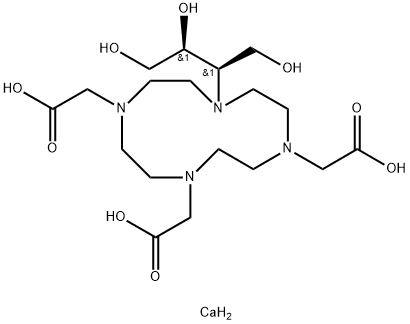
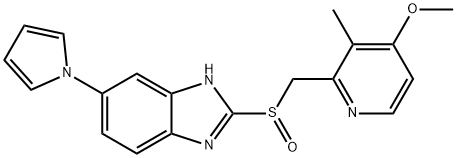

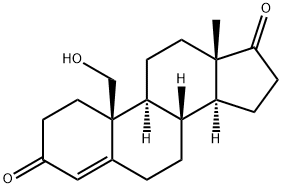
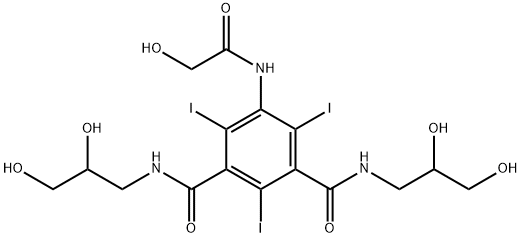
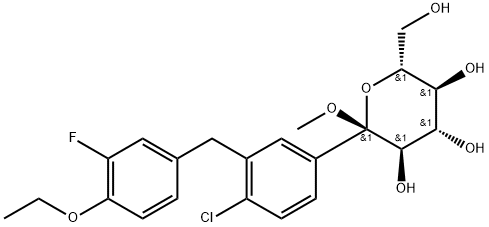
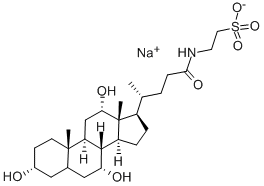

发表回复